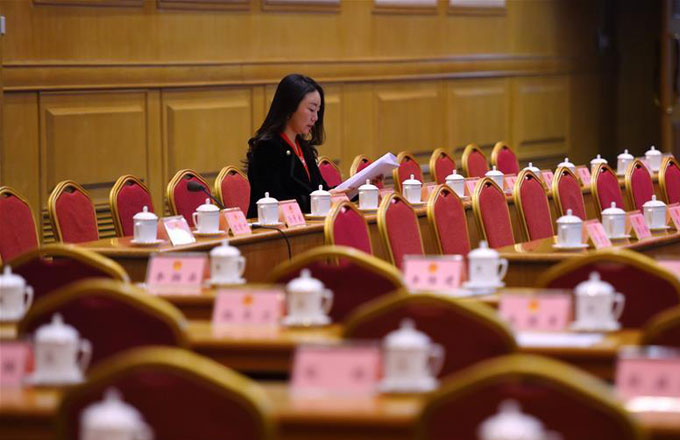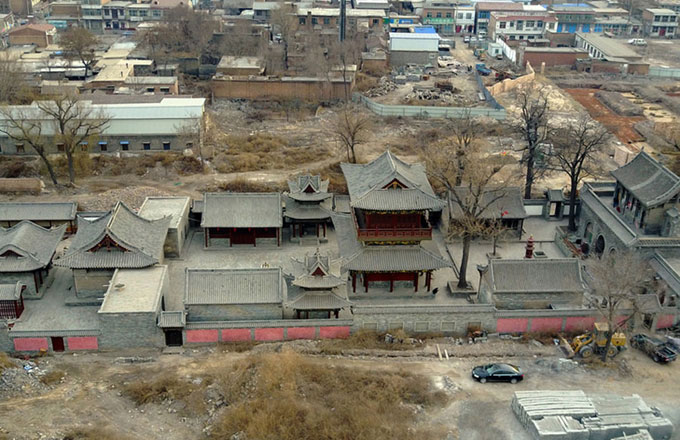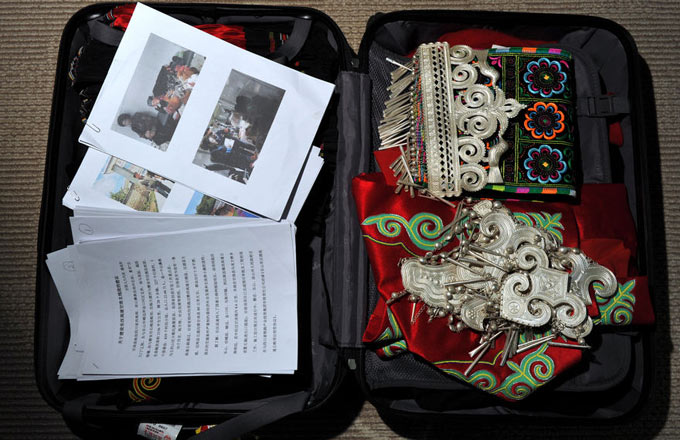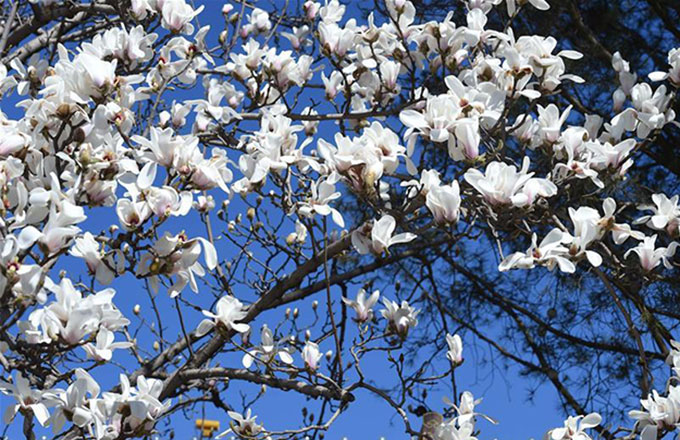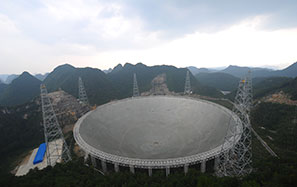Chasing vestiges of the Great Wall
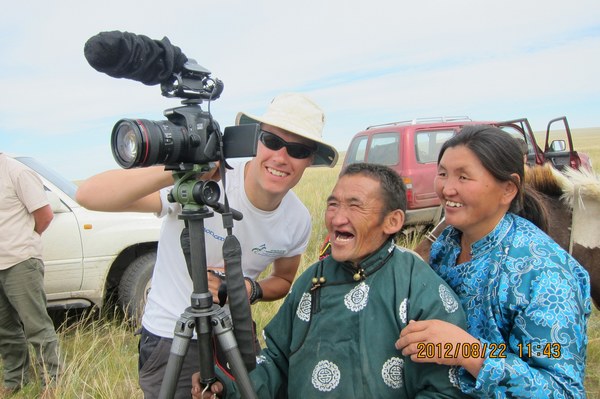 |
|
Cameraman David Watson shows video footage to herders on the Eastern Steppe in Mongolia. Wu Qi / for china daily |
Under threat
I'd seen one or two gazelles on a couple of occasions. In Inner Mongolia it was difficult to come across total emptiness. There was always something to see or something going on: gravel and sand digging, trucks driving by, buildings, power lines, new towns in the middle of nowhere."The Eastern Steppe is the last refuge for gazelles," Olson says. "As their habitat shrinks, so does their population, from an estimated 15 million during the Genghis Khan period to less than 1 million now, and it's dwindling at a rate of 100,000 per year."
Hunting is permitted, with a license and with a quota, but illegal hunting is common. Olson is also concerned with new threats like fences, which block migrations.
"Fences along the border and railway lines pose serious obstacles," he says. "They could block escape routes for herds, when, for example, they encounter extreme weather conditions or get spooked by something such as a grassland fire. Big mining corporations have already begun to explore land on the edge of this last refuge."
It's obvious to anyone who comes to the Eastern Steppe that the place is a unique combination of history and nature, which for its ecology, beauty and fragility, urgently deserve recognition as a World Heritage site.
How much longer will great wildernesses and their fauna be decimated by those whose blindness lures them into thinking that such abundances will be eternal?
As it had been for more than 400 km, we were still driving beside the trench and mound.
Walking the last 100 meters of the wall, I had a flashback of the long drive across the steppe. Rather than reach the end of the road with a singular conclusion about the origin of the Genghis Khan Wall, I favored plural, overlapping possibilities.
Built by the Liao, inherited and refitted with fortresses by the Jin, the wall was reinvented during the reign of Ogodei as a post road and bolstered by palisades to prevent gazelles from migrating. It might well have functioned as a "Wall for Three Peoples", as well as now being a "Wall of Three States".
A gray rock post stood 20 meters short of a barbed wire fence. I could now clearly see the Genghis Khan Wall going under the fence, across a tract-plowed land acting as a firebreak, and emerging on the other side as the Jin Trench-Mound.
The rock post was etched with "Mongolia" in Cyrillic script. The army commander who had escorted us into this restricted zone had warned me not to go past it, but I so yearned to see written evidence. I leaned forward, not stepping beyond the border. But that was just enough to confirm that the rock's reverse bore in red characters the word "China".




